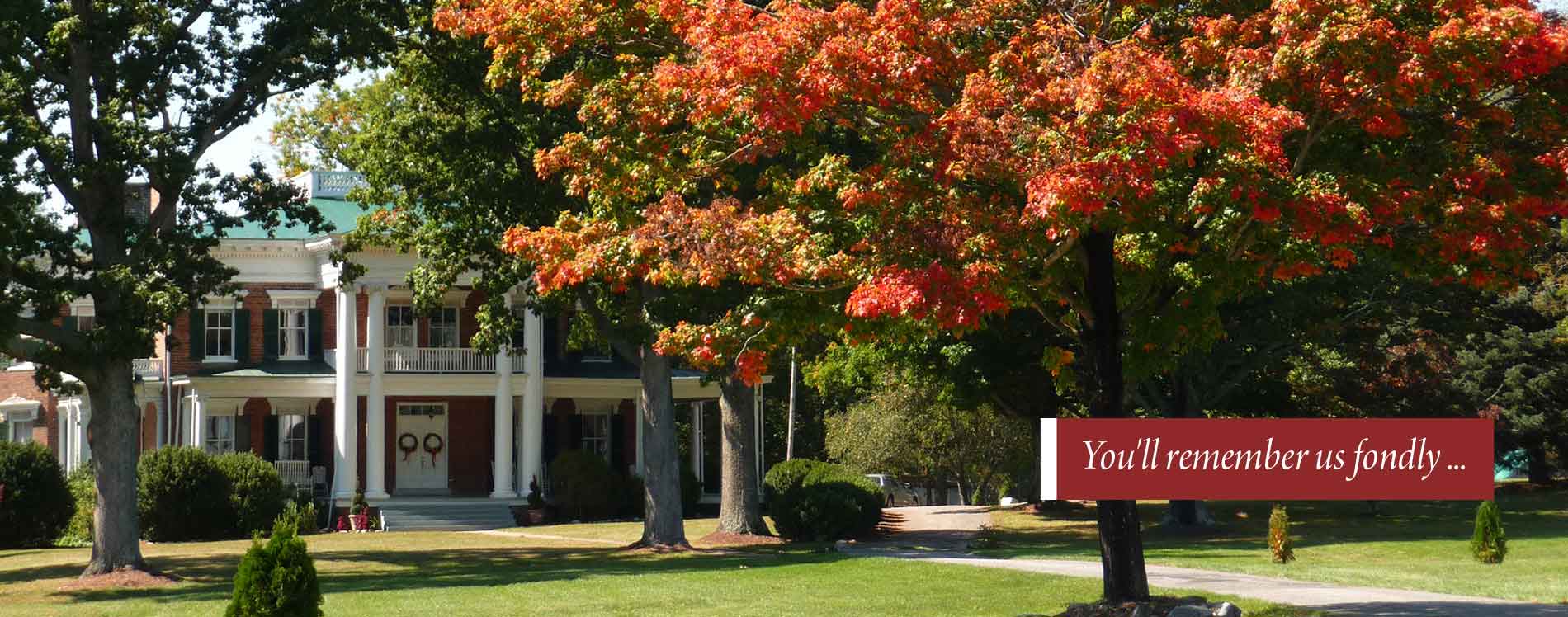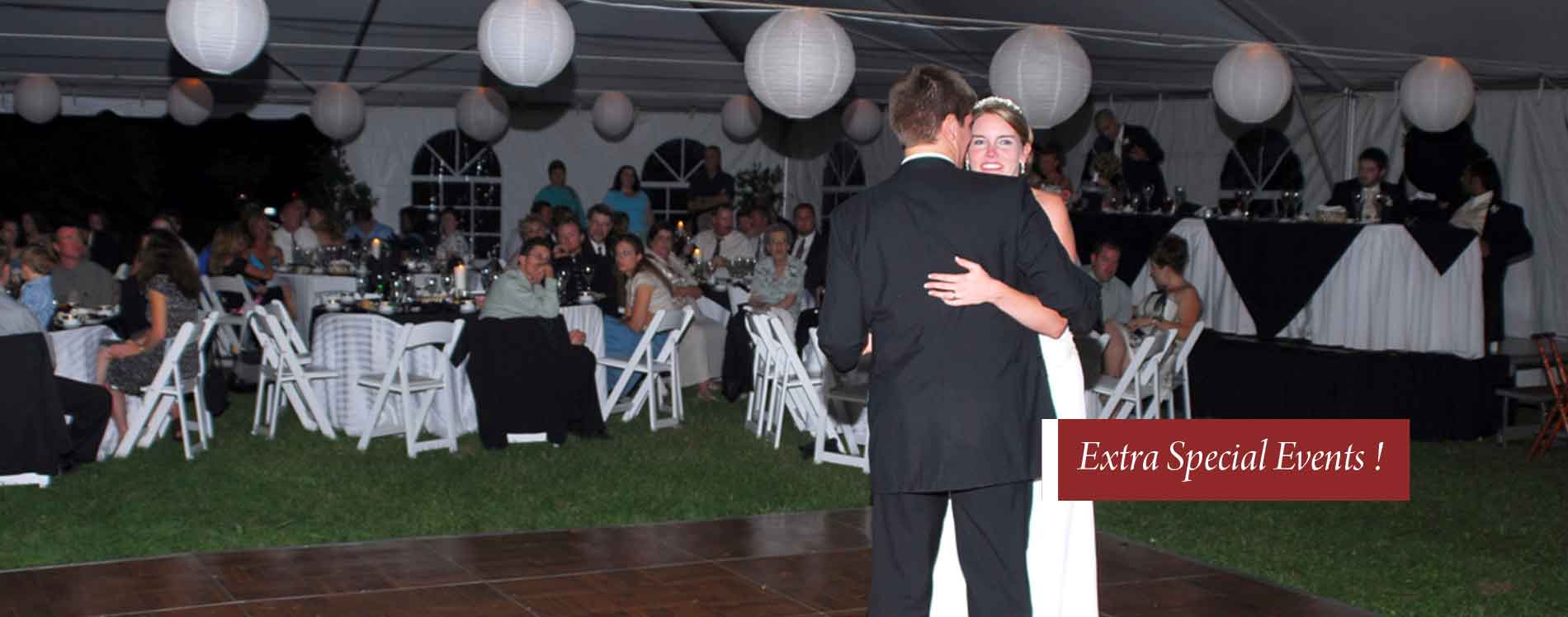
Step into the Past at Our Bed and Breakfast in Virginia’s Blue Ridge
The story of Rockwood Manor, our historic inn, begins with Francis Bell. Francis was an adept cattle trader and, as such, traveled the Valleys of Virginia bringing cattle back to his home farm in Swoope, Augusta County, VA, which he ran with his brother Samuel Hays Bell. In his travels to the New River Valley he met and learned from master trader James Randal Kent who was married to Mary Cloyd and lived at Buchanan’s Bottom (now known as Kentland and owned by Virginia Tech). J.R. Kent was the wealthiest man in Montgomery County. He had five daughters. Francis (b1820) married Sarah James Kent (b1824) in 1855.
He took her to Swoope, but she was extremely close to her family and became homesick. Her first two children passed away before being named. On a trip to Pulaski, twin boys were born in a farm overseer’s cottage on Mountain Home property that had been a wedding gift from her father. They moved there soon afterward. The original home was small — four rooms with a separate kitchen and servants’ quarters. Two other children soon followed, Mary (b1861) and Francis (b1864).
During the “Great Unpleasantness” we believe the Bells furnished cattle, horses, and crops for the Confederacy. As a result of the conflict, anyone owning property valued over $20,000 lost their citizenship. Pardons were later given. Luckily the brothers’ two farms were left intact, and the herds were quickly rebuilt. James Randal Kent was more affected and died in 1868. Shortly afterward, in 1871, property for Rockwood Manor was purchased from the Darst family, and the home began several years of construction in 1873.
This location put Francis Bell’s cattle operation right next to Dublin’s Railroad depot, making shipment easier. He became well known for shipment of live cattle to the coast and then by ship to England.
The home was designed by architect Burkholder and built by contractor Pettijohn, who were both from Lynchburg, Va. Oversized brick with decorative slag added were made on-site. The house boasted sixty-five extra-large windows, some with Jefferson-style openings that rise into the twelve-foot ceiling; seventeen fireplaces on five chimneys; ornate plaster work; and medallions. Outside over the windows is wrought iron on a tin metal box framework. A wonderful center hall is graced with a floating staircase and a skylight around which radiate huge rooms with bay windows. Floors on the main level are alternating walnut (dark) and ash (light) with a radiating star parquet in the foyer. Rockwood Manor is one of the finest examples of architecture among all the old family farms that include Fort Chiswell, Back Creek, Walnut Springs, Springfield, and Springdale, to name a few. The most famous now will be Carnton in Franklin, Tennessee, which is the McGavock Home and is known from the wonderful new novel, The Widow of the South, by Robert Hicks.
Our belief is that Rockwood was Grandfather’s Statement to the World that we as Virginians and Southerners still could create grandeur and hold our heads high. His home shines on as an outstanding example of this southern pride.







